Premium Only Content
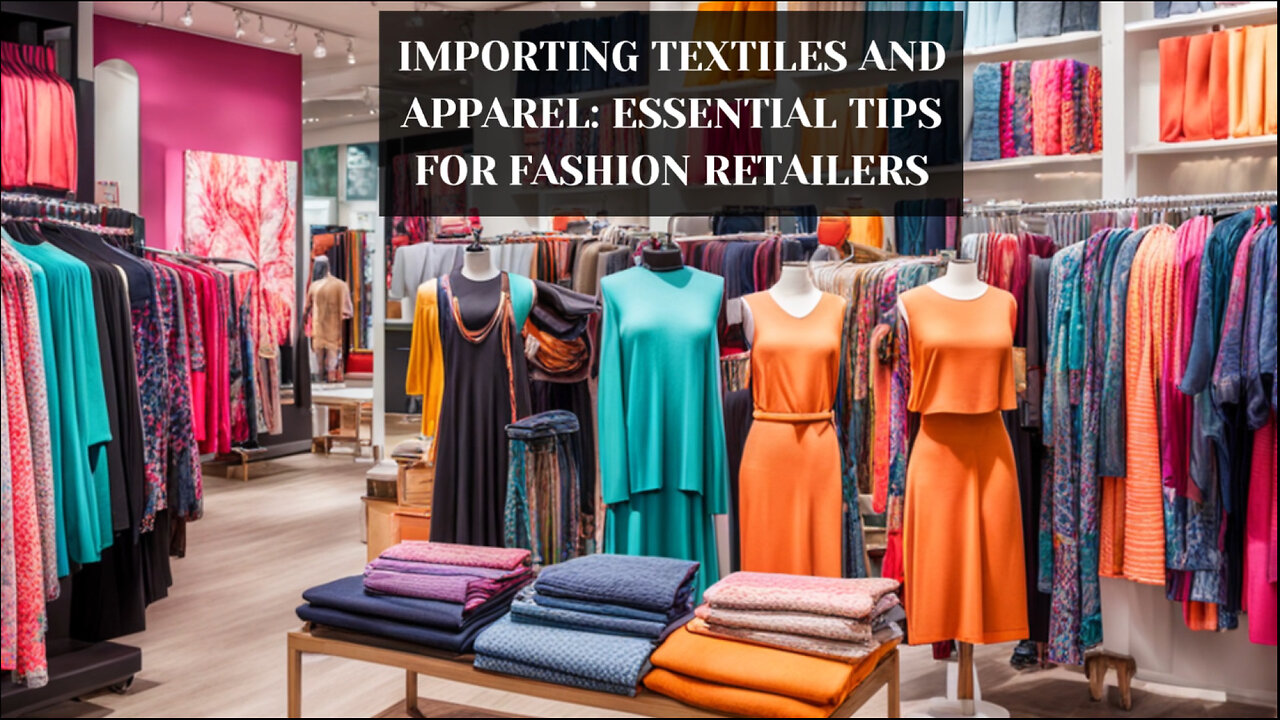
Navigating Fashion Imports: Tips for Textile and Apparel Importation
ISF Depot // 661-246-8217 // customs@isfdepot.com // www.isfdepot.com
In this episode of our customs brokerage series, we focused on the importation of textiles and apparel for fashion retailers. We started by discussing the importance of customs bonds, which are necessary for importers to guarantee payment of duties, taxes, and fees on imported goods. Moving on, we emphasized the role of customs brokers in assisting importers with customs clearance. These professionals have in-depth knowledge of regulations, documentation requirements, and tariff classifications, making them essential for a streamlined and compliant importation process.
Next, we covered the Importer Security Filing (ISF), an important step in importing textiles and apparel. This filing must be submitted to US Customs and Border Protection at least 24 hours before loading the cargo onto the vessel heading to the United States. The ISF provides crucial information to assess potential security risks.
We then discussed the significance of accurate tariff classification when importing textiles and apparel. Proper classification under the Harmonized System (HS) code is essential for determining the applicable duty rate and avoiding penalties or delays. Working closely with a customs broker ensures accurate classification and minimizes complications.
Additionally, we highlighted the importance of complying with labeling and marking regulations when importing textiles and apparel. Adhering to these requirements is crucial to avoid issues with Customs. By partnering with a customs broker, importers can navigate these regulations effectively.
Furthermore, we addressed the unique challenges that importing textiles and apparel may present, such as dealing with restricted items, navigating trade agreements, and managing quotas. Staying informed about the latest trade policies and partnering with an experienced customs broker are key to overcoming these challenges successfully.
In conclusion, importation of textiles and apparel for fashion retailers requires careful consideration and compliance with customs regulations. Working with customs brokers, properly classifying goods, and staying informed about labeling requirements and challenges in the industry are crucial for a smooth and successful import process. Thank you for watching, and remember to subscribe to our channel for more informative videos on customs brokerage and international trade.
#usimportbond #isfcustomsbroker #uscustomsclearing #isfentry
Video Disclaimer Here: This tutorial is independent and not affiliated with any US governmental entities.
-
 3:42
3:42
ISF Depot
14 days agoMastering Customs Brokerage: Essential Knowledge for International Trade Success
92 -
 LIVE
LIVE
megimu32
3 hours agoOTS: Breakfast Nostalgia + Blind Chocolate Cereal Showdown… LIVE! 🍫🥣
74 watching -
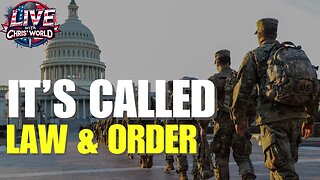 LIVE
LIVE
LIVE WITH CHRIS'WORLD
11 hours agoLIVE WITH CHRIS’WORLD - It’s Called LAW & ORDER
108 watching -
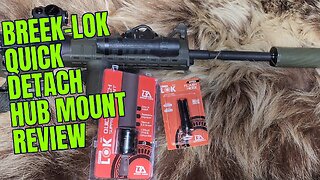 11:07
11:07
AlaskanBallistics
1 day ago $1.02 earnedBreek-Lok Quick Detach Hub Mount and Flash Hider System Review
21.5K1 -
 57:44
57:44
Donald Trump Jr.
7 hours agoExclusive Interview with Deputy Secretary of State Chris Landau | Triggered Ep266
108K49 -
 58:40
58:40
BonginoReport
11 hours agoModern Dating Woes & How To Resist Temptation w/ Tilly Dillehay - Hayley Caronia (Ep.109)
43.7K15 -
 53:55
53:55
The Quiet Part
10 hours agoThey Want You to Sign Over Your Life Insurance—So They Can Keep Lying to You
17.9K10 -
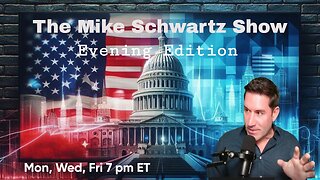 1:47:05
1:47:05
The Mike Schwartz Show
7 hours agoTHE MIKE SCHWARTZ SHOW Evening Edition 08-11-2025
18.4K6 -
 2:00:22
2:00:22
Quite Frankly
8 hours ago"D.C. Crackdown, Weekend News, World-Changing Inventions" 8/11/25
18.8K4 -
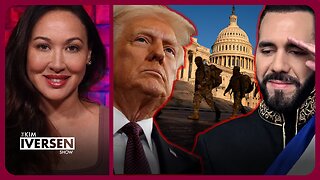 1:25:09
1:25:09
Kim Iversen
6 hours agoTrump’s DC Crackdown: America’s El Salvador Moment?
77.9K112